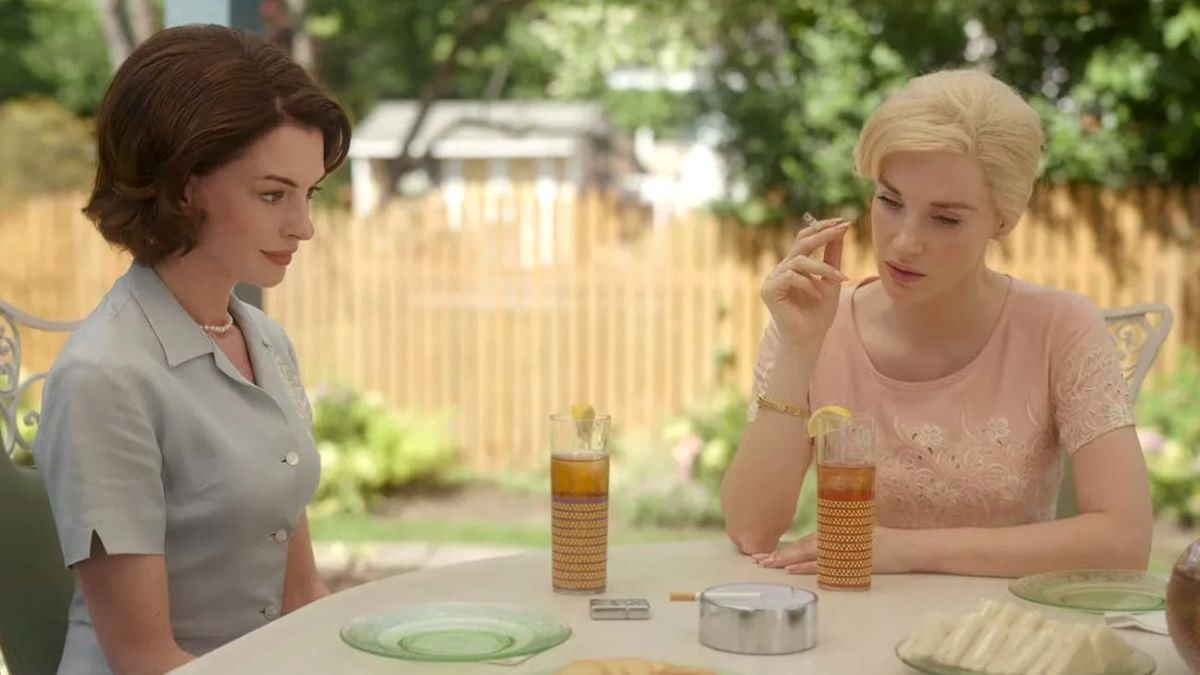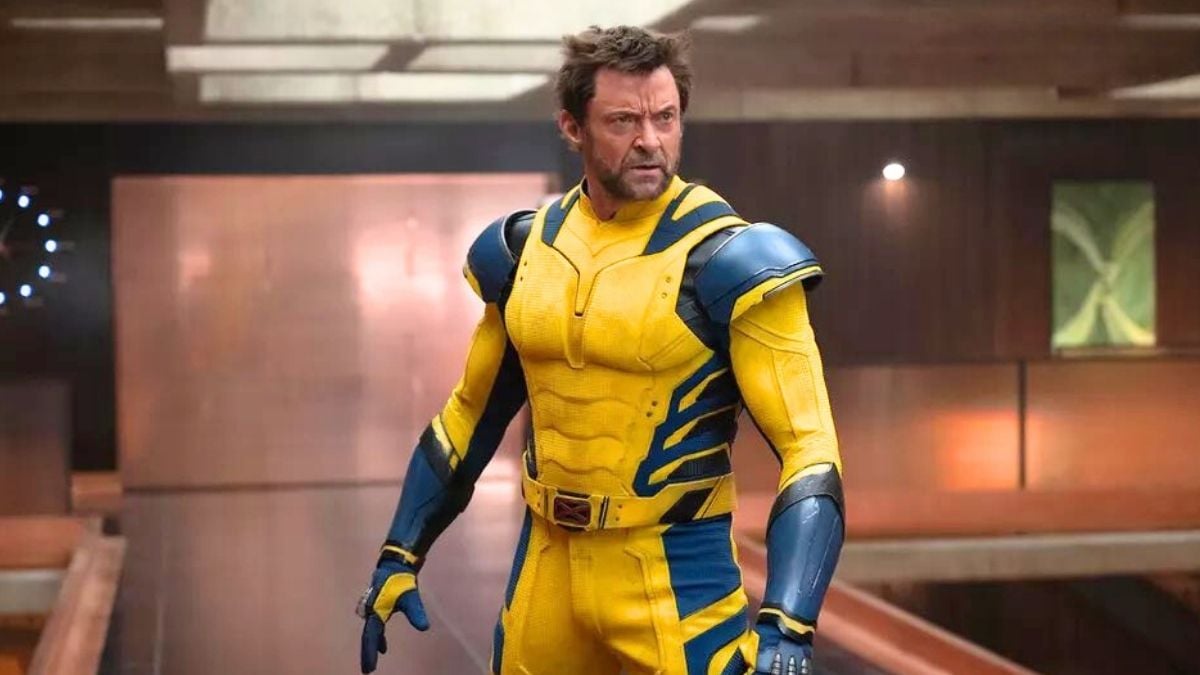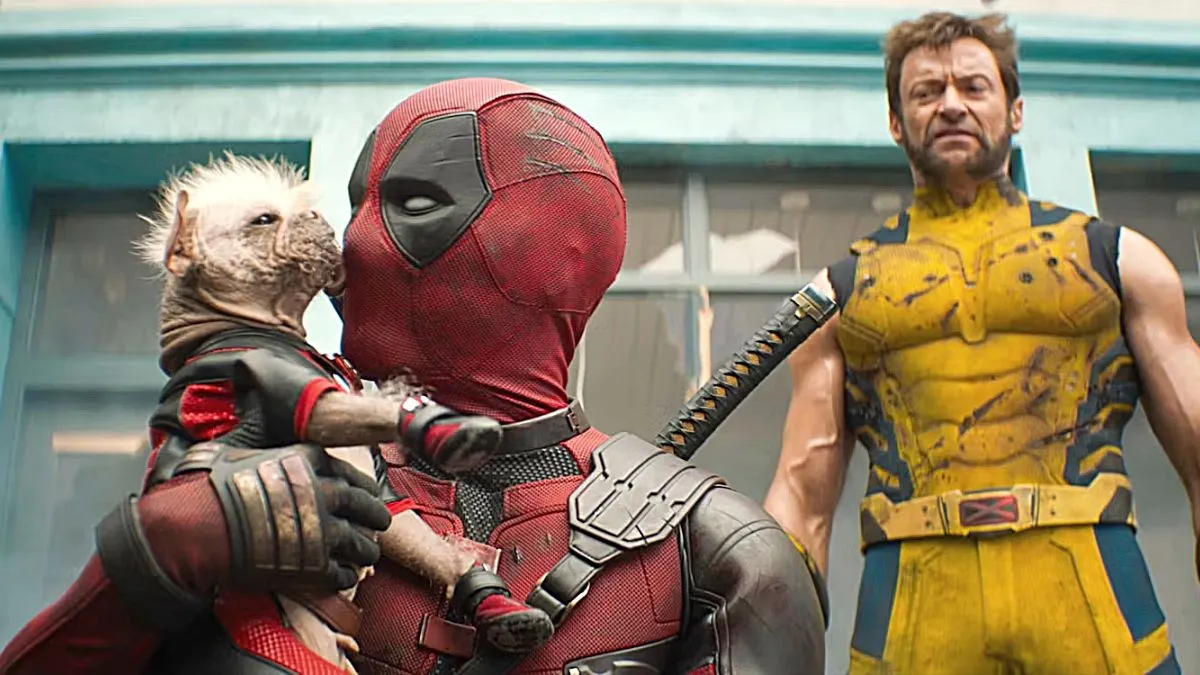
I am at my most critical when judging ‘family’ films and animated features. Hollywood churns out hollow, manufactured garbage to all audiences, at all times of the year, but I am most disturbed by the soulless, assembly-line nature of modern animation. Adults are theoretically discerning enough to know crap when they see it, but kids are not, and when a film is produced for young audiences, the things it has to say and the level of care with which it is crafted absolutely need to be put under the microscope. Most films – particularly the endless line of lazy franchise sequels, a la Ice Age 4 – simply do not treat children with the respect they deserve, and it’s one of the greatest problems facing the American filmmaking industry.
That’s why animation studio Laika made such a critical splash with their first feature, Coraline, back in 2009. Coraline is a legitimately great film, a dark, harrowing, thoughtful work aimed at children, and in many ways, it felt reactionary to everything the industry was doing wrong at the time. It had a strong female protagonist, was never overtly comedic, dealt with complex emotional issues of isolation and neglect, and featured a bold, unique animation style unlike anything else seen that decade.
Above all else, it respected the hell out of its young audience, and with their second feature, ParaNorman, Laika seems intent on making that their mission statement. ParaNorman is not, like Coraline, a great film, but it is a very good one, and though there are visual similarities between the films, it is stylistically and thematically unique to extraordinary degrees.
What impresses me most is the film’s ability to speak to a very particular section of the audience. This is a story about outcasts, and though many family films claim to speak to the disenfranchised, they rarely follow through. The main character, Norman, is more or less a pariah in his small town for his ability to speak to ghosts, a curse no one else is willing to understand. His disconnect from the world isn’t played for laughs, or belittled in the slightest; from completely unresponsive parents to brutal psychological torment at school to a constant sense of isolation, Norman’s life sucks, and his pain is felt early and often.

Norman’s situation may be fantastical, but the emotions behind it are entirely authentic and strikingly honest. He’s a character we’re simply not used to seeing in modern animation, and I think there are a lot of children out there who will really respond to what Norman goes through. Strip away the paranormal element, and Norman is just like any other kid who doesn’t fit it in, who is misunderstood, lonely, and sad. It’s an audience that’s been perennially underserved in children’s films, and by taking these emotions and issues seriously, ParaNorman has the chance to affect such youngsters in truly profound ways.
The film develops these ideas spectacularly, beautifully exploring the role fear and ignorance play in the creation of outcasts. Though Norman’s journey grows apocalyptic in scale, his greatest challenge comes in learning to forgive those who hurt him, and doing so means understanding how malice is often borne from basic human failings, like anxiety and insensitivity. It’s all wrapped up in grand, mystical metaphor, but the film’s ultimate message is surprisingly intimate, and tremendously powerful in execution. The last couple scenes are emotional powerhouses, thematically clear and dramatically satisfying on every possible level.
Where the film falters is in the mechanics of the actual narrative. Since he can talk to ghosts, Norman is responsible for quelling the rise of the undead in his town. It’s not a bad story by any means, but it feels a tad rote, especially next to the wildly compelling character work. Until it all comes together at the end, the film spends a long time doling out horror tropes we’ve seen dozens of times before without putting a particularly insightful spin on the material. In the end, it feels like a lot of what happens in the second act is there only to put characters in place for the finale, a clunky approach to storytelling that never entirely clicks.
The film is also tonally unclear. Directors Sam Fell and Chris Butler have an obvious affection for the language and iconography of horror films, but their sound understanding of the genre is undermined by the film’s broad sense of humor. None of the jokes are cringe-worthy or disingenuous, but they often come at moments when the film would be better served by taking things seriously. There are plenty of scenes that begin by establishing an effective horror atmosphere, but are ultimately ineffective due to an ill-placed gag. ParaNorman doesn’t need to be an out-and-out horror film to succeed, but the film would be improved by allowing room for several legitimate scares. Without them, the stakes behind the finale are never completely earned, and the film falls short of greatness.

As in Coraline, the animation is gorgeous. Fell and Butler haven’t mastered the full potential of stop-motion the way Henry Selick did with Coraline, but they come awfully close and, more importantly, leave a visually distinctive stamp on the material. ParaNorman shares many aesthetic traits with Coraline and The Nightmare Before Christmas, but thanks to unique character and background designs, it overall looks a little unlike any other stop-motion film. The employment of 3D is exquisite, immersing the viewer in depth and highlighting details one wouldn’t notice in two dimensions.
The voice work is solid, if unspectacular. Apart from Anna Kendrick’s fun, spirited work as Norman’s older sister, none of the adult voices are particularly inspired, and it’s the kids who truly impress. After his stirring turn in Matt Reeves’ Let Me In, Kodi Smit-McPhee must have been an obvious choice for Norman, and he is indeed excellent in the part. His work is quiet, understated, and remarkably nuanced. As Norman’s lovable friend Niel, Tucker Albrizzi’s energy and enthusiasm are reminiscent of Russell in Up; he’s a truly wonderful character.
ParaNorman is not an unqualified success, but it’s another step in the right director for Laika, and for the industry at large. Not every kids’ movie needs to be twisted and stylized like ParaNorman, but they do require a strong voice, relatable characters, and a positive message, and many films would do well to learn by Laika’s example. ParaNorman couldn’t possibly respect its audience any more, and for that, I admire the film greatly.
Sorry, this video is currently unavailable.








Published: Aug 16, 2012 11:04 pm